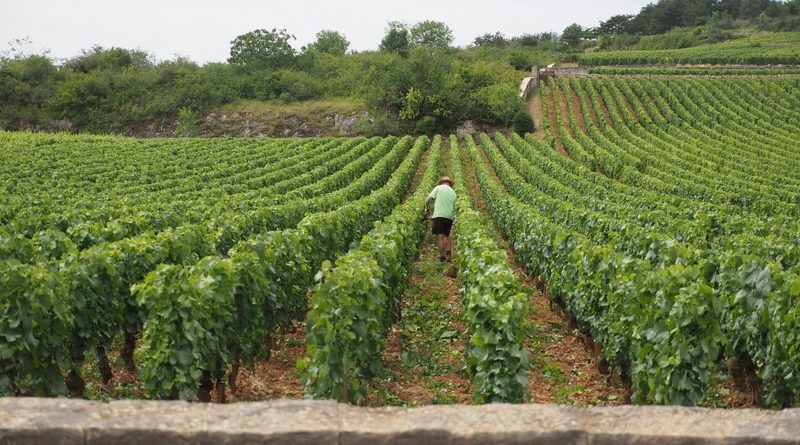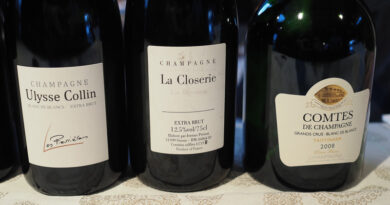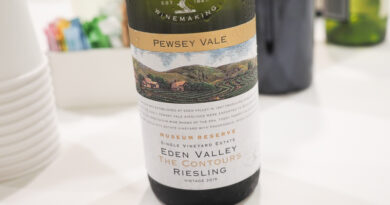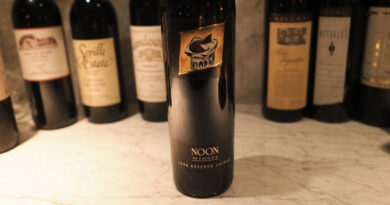Using place to sell wine, and why sometimes we shouldn’t do it
One of the attractions of wine is that it is a drink that – in some mysterious way – allows us a connection with a place.
The classical European model of wine is that it has an address. You buy a Barolo, or a St-Emilion, or a Volnay, or Chianti Classico. The grape varieties they are made from are almost immaterial – of course, with time, certain varieties have been linked with place, but it was very rare to see them on the label (Germany and Alsace being the notable exceptions, perhaps).
In this model, the place is effectively the brand. It works well, because although it makes wine an incredibly complicated product category for consumers, there is a resonance between the place and the flavour of the wine. Think of place names like Chablis or Rioja as collective brands, where all producers have a stake.
Using the place as a collective brand does have its weaknesses, though. Any brand is only as good as its brand promise, and if there are bad examples of ‘Chablis’ hiding behind this brand, for example, then it weakens it.
This is where the whole issue of using place to sell wine falls into problems. It only works when the flavour of the wine is influenced by the place. It works at the top end of the market: where there is a correspondence between the character of the wine and the region that they come from.
For fine wine, like many, I’m a firm believer in wines being sold by place. At the bottom end, less so. Here, the brand promise (the place as a collective brand) often fails. It is a hollow promise: the wines can be perfectly good, but they simply don’t taste of place. Nor should they have to.
At the bottom end of the market, I want honestly made, tasty wines, but it is perhaps too much to insist they all should have regional character. Perhaps here, grape variety is a better buying cue. The world needs good cheap wine, and maybe we need the bottom end to become more of a branded space. Think of wines like Torres’ Viña Sol, or Sangredotoro. This is a pair of delicious wines that are affordable, and are honestly made. They don’t need to speak of a place. And then in the natural wine sphere, there are lots of easy, smashable reds that taste great, but could have come from any number of wine regions – they don’t need to have a local flavour.
Go down a supermarket aisle and you will see the wines arranged by country. There are a lot of place names, prominent on the label, that complicate the category, and in terms of the flavour of the wine, mean absolutely nothing. Perhaps a problem here is that if the offering is simplified, consumers might lose trust in the retailer – so the charade of keeping meaningless place names to the fore continues.
Old world wine regions need more reliable, mass market brands – there is currently a disconnect between the scale of production and the routes to market at the lower end of the market. I’d love to see more of these brands emerge, but brands where there is honest winemaking and a focus on true sustainability. This is what could turn around the fortunes of many regions that are currently experiencing commercial struggles. There is also an important role for well run, forward thinking cooperatives.
I see no problem in breaking the link between wine and place at this end of the market, simply because it is a weird obsession to insist on marketing wines by place where the flavour or character bears no link to that place. If we leave place marketing to wines that have local character, it might be a bit more honest.




